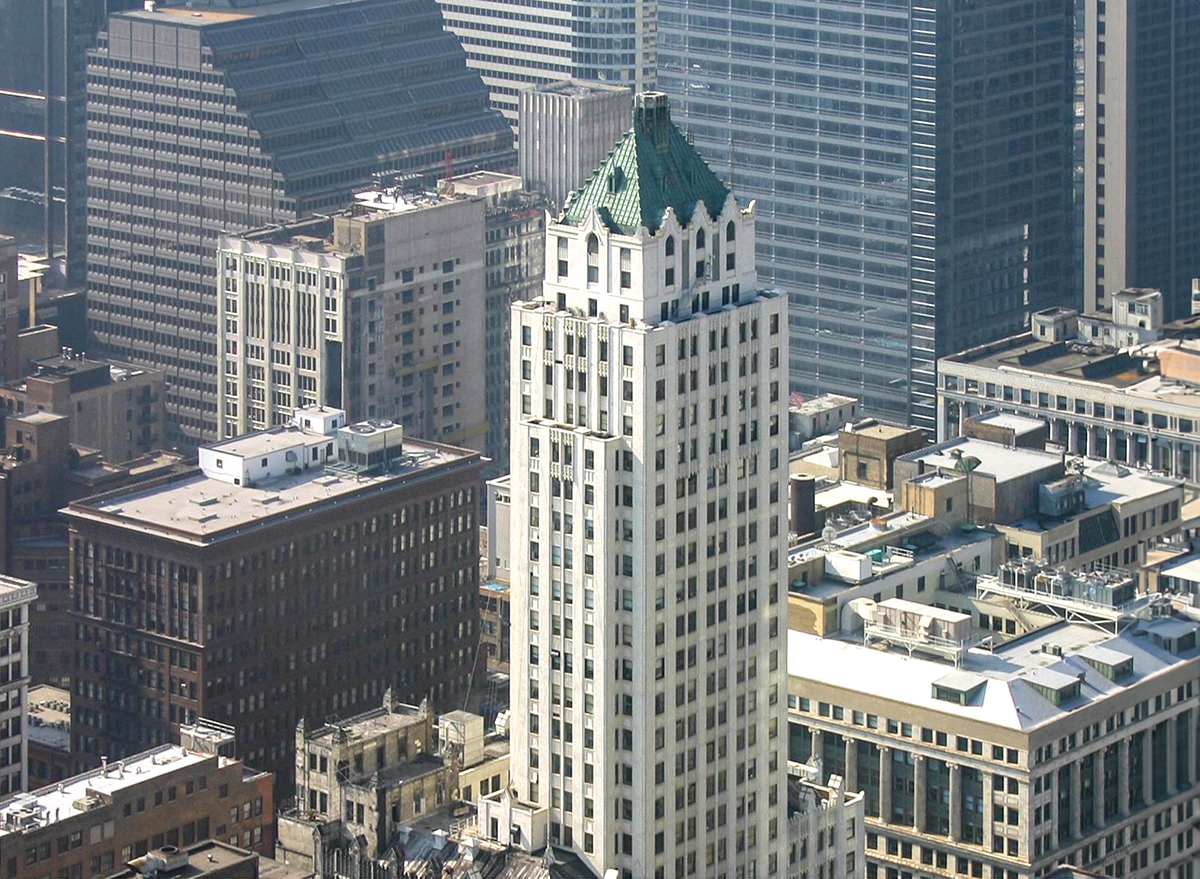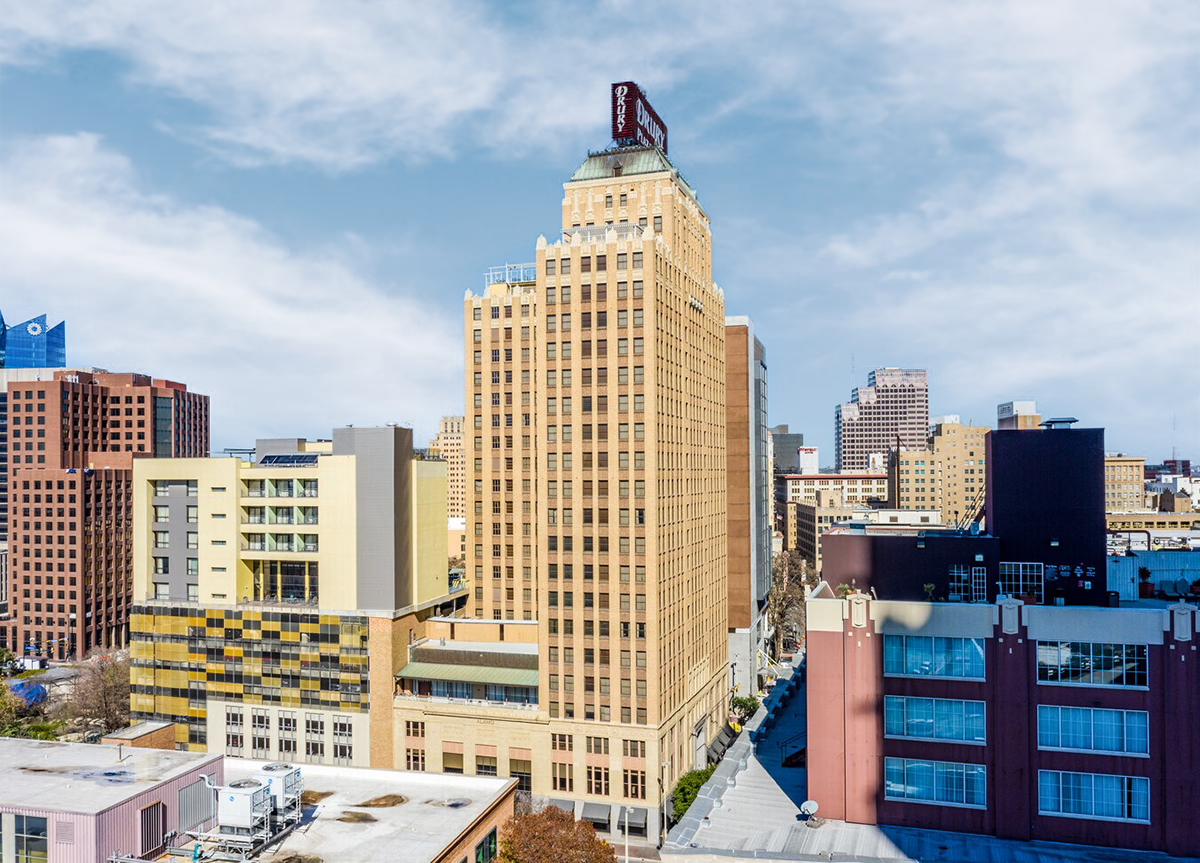Pittsfield Building vs Drury Plaza Hotel San Antonio Riverwalk


Comparing the Pittsfield Building and the Drury Plaza Hotel San Antonio Riverwalk is an interesting exercise, because even though they are located in different cities (Chicago, IL and San Antonio, TX), both were designed by Graham, Anderson, Probst & White and finished within within 3 years of each other. This gives us the chance to see how the same architect's ideas were expressed in different urban contexts almost simultaneously.
Height & Size
The Pittsfield Building is clearly the larger tower of the two, both in terms of height and number of floors. It rises to 551ft (168m) with 38 floors above ground, while the Drury Plaza Hotel San Antonio Riverwalk reaches 279ft (85m) with 24 floors above ground.
Of course, each project may have faced different briefs or regulatory constraints, which we don't really know about and could also explain the outcome.
Architectural Style
The Pittsfield Building was designed in the Neogothic style, while the Drury Plaza Hotel San Antonio Riverwalk reflects the principles of Art Deco.
The Pittsfield Building represents a late expression of the Neogothic, a style already in decline in 1927 when it was completed. By contrast, the Drury Plaza Hotel San Antonio Riverwalk followed the then mainstream Art Deco, embodying the dominant architectural direction of its time.
Uses
The Pittsfield Building is primarily commercial, while the Drury Plaza Hotel San Antonio Riverwalk is primarily hotel.
However, both of them have shifted purpose since their completion. The Pittsfield Building evolved from medical to commercial, while the Drury Plaza Hotel San Antonio Riverwalk moved from commercial to hotel.
The Drury Plaza Hotel San Antonio Riverwalk incorporates a 4-star hotel with 306 rooms. More information is available at the official website.
Structure & Facade
Both the Pittsfield Building and the Drury Plaza Hotel San Antonio Riverwalk rely on a Frame structural system.
A frame structure uses a grid of columns and beams to carry the building's loads. This frees the walls from structural duties, allowing for flexible floor plans and larger windows.
They also employ the same type of facade, a Masonry facade.
A masonry facade gives the building a heavier, more traditional appearance. It often conceals a frame structure behind it, creating the look of solid walls without carrying the main loads.
| Pittsfield Building | Drury Plaza Hotel San Antonio Riverwalk | |
|---|---|---|
| Graham, Anderson, Probst & White | Architect | Graham, Anderson, Probst & White |
| 1926 | Construction Started | 1929 |
| 1927 | Year Completed | 1930 |
| Neogothic | Architectural Style | Art Deco |
| Medical | Original Use | Commercial |
| Commercial | Current Use | Hotel |
| 38 | Floors Above Ground | 24 |
| 3 | Floors Below Ground | 1 |
| 168 m | Height (m) | 85 m |
| Frame | Structure Type | Frame |
| Steel | Vertical Structure Material | Mixed |
| Concrete | Horizontal Structure Material | Concrete |
| No | Facade Structural? | No |
| Henry Ericsson And Co. | Main Contractor | McKenzie Construction |
| IL | State | TX |
| Chicago | City | San Antonio |
| 55 E. Washington Street | Address | 105 South Saint Mary`s Street |